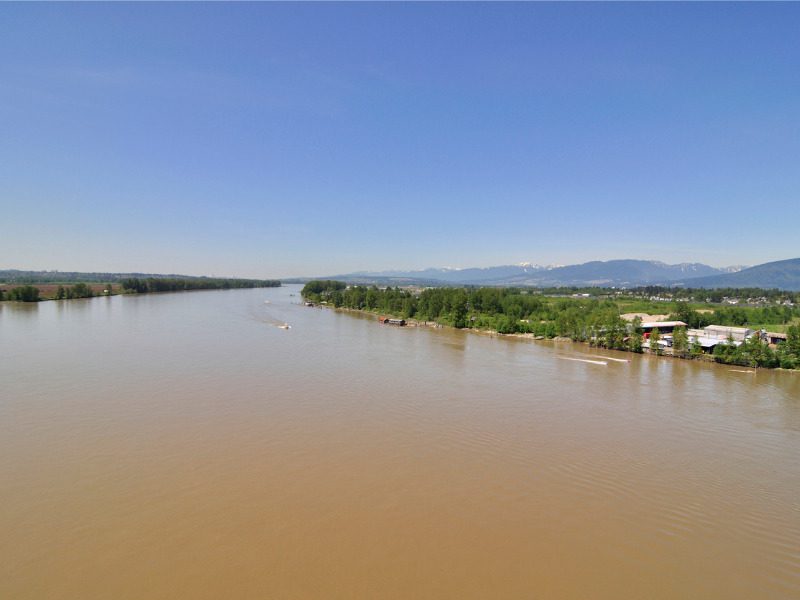How insurers can help manage flood risk in Indigenous communities

Insurers need to play a greater role in helping to manage high-risk flood areas in Indigenous communities, a tribal chief said during the CatIQ Connect conference earlier this month.
“At some point, you as insurers are going to have to start guiding development away from the highest-risk flood areas by saying no to coverage,” says Tyrone McNeil, president and tribal chief with the Stó:lo Tribal Council in British Columbia. “And you’d be like-minded with us in that, because we want to promote resilience, promote nature-based solutions for those long-term strategies and actions that we’ll all benefit from.”
McNeil was discussing disaster response from an Indigenous perspective. He noted the federal government’s National Risk Profile in late 2023 found about 10% of Canadians are living in high-risk flood areas. But that number is inverse for the majority of First Nations people, 90% of whom are living in high-risk flood areas, McNeil said during the Inclusivity in Disaster Management session.
From an insurance perspective, those in high-risk flood areas are often ineligible for insurance coverage, or the coverage is cost-prohibitive.
McNeil says building in flood zones harkens back to reserve creation under the Indian Act, which hasn’t adapted over time and has made First Nations dependent on government for services and supports. In McNeil’s case, when reserves were built, they were next to the Fraser River, which was important at the time for the Stó:lo First Nations from an economy, food and spirituality perspective.
But local governments are still trying to develop alongside the Fraser River, McNeil says. In some cases, federal funding is being used for development.
“Infrastructure Canada comes to me and asks me, ‘Why are these towns building right next to the Fraser like that? They’re in a flood zone; they’re going to get wet,’” McNeil says. “And my question back to them is, ‘Why are you funding them?’ It doesn’t make sense. Say no.
“The same thing for you as insurers. I really like your risk modelling; that’s on par with how we see and value risk itself,” McNeil says. “And at some point, you as insurers are going to have to start guiding development away from the highest risk flood areas by saying no to coverage…”
Disproportionate impact
Another issue is that First Nations communities are disproportionately impacted and burdened during disasters, with some homes not built to code, says another speaker, Kellyann Meloche, senior manager of disaster risk management with the Canadian Red Cross.
Hunting camps, which provide winter sustenance, are also not insured or insurable, Meloche adds.
Low construction quality also factors into insurance challenges, McNeil says. However, when high quality standards are maintained in construction, infrastructure is not replaced as regularly and buildings are more fire, flood, wind and hail proof.
“Deficiencies have been imposed upon us,” he says. “We’ve been forced to be reliant on federal and provincial programs and services. We don’t want that; we want to be self-sufficient.”
Self-sufficiency allows Indigenous communities to pay for adequate insurance coverage and be responsible for emergency management, including recovery, McNeil says.
“We only recently started hiring emergency program coordinators in our communities,” he says. “So, imagine being in our position where November 2021 [flooding in B.C.] comes along, or the heat dome 2021 comes along, and the provincial government as a Crown looks at us as First Nations and says, ‘You’ve got jurisdiction to do whatever you want, do it.’
“We don’t have capacity. We don’t have funding; we don’t have experience. So, during the state of emergency, we’re left on our own…which is problematic because a lot of our communities do have different measures of insurance, but not all.”
Feature image by iStock.com/jamesvancouver



